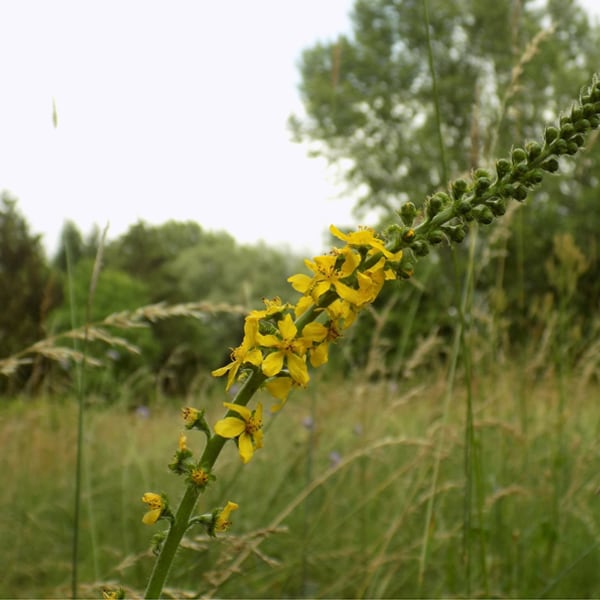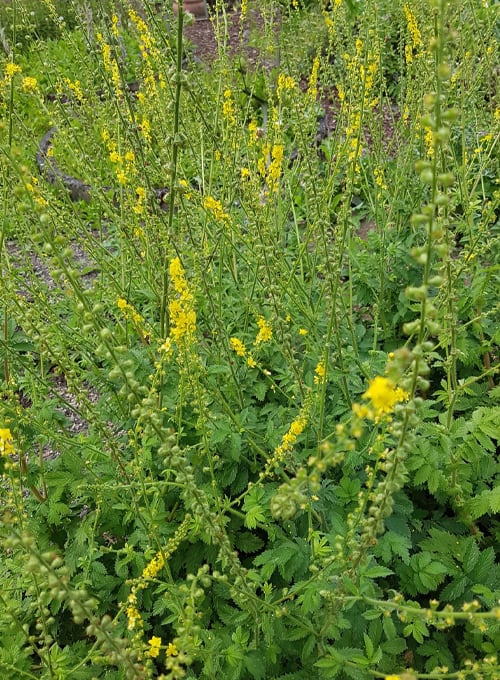Everything You Need to Know About
Agrimony (Agrimonia eupatoria)
Botanical family: Rosaceae
Parts used: Leaves



Key Body Systems Agrimony (Agrimonia eupatoria) relates to

Digestive System

Urinary system

Respiratory system
Energetics
Cooling
Drying
Key actions

Key uses
Where to Find Agrimony (Agrimonia eupatoria)



